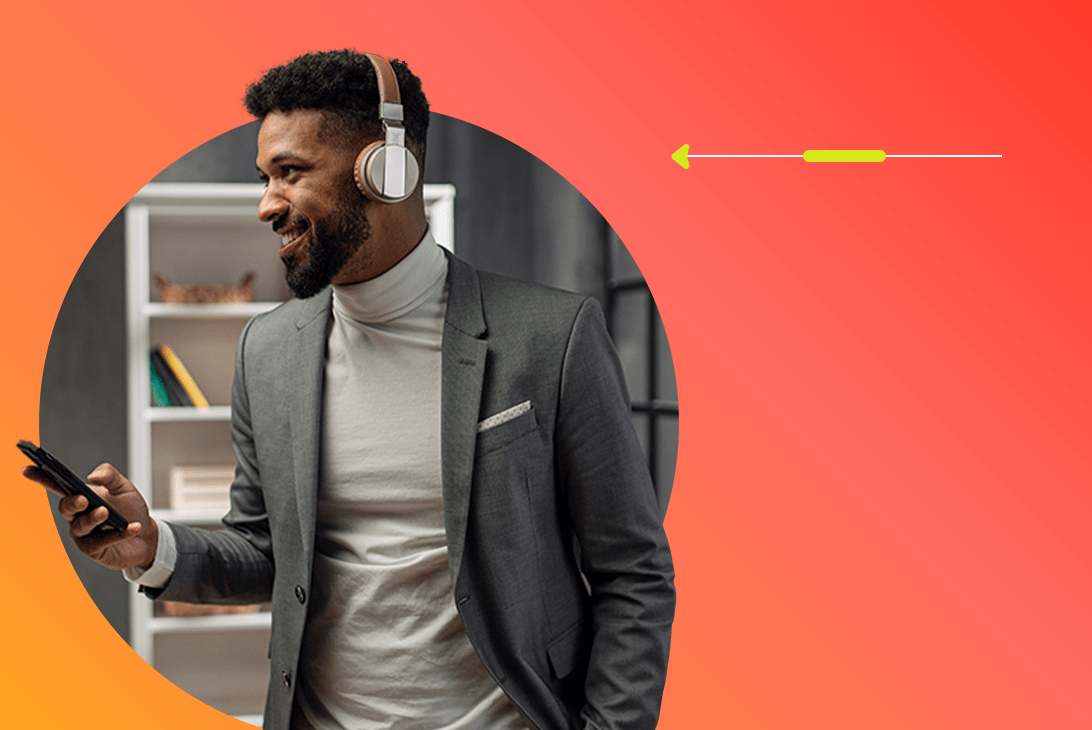You might not realise it, but evolution has helped shape all shopper decision-making processes. For example, the fact that we evolved from walking on all fours to two legs means that early man tended to look down when walking to avoid tripping or stepping on the wrong things. Originally this evolutionary compromise served a specific purpose, but today we still respond more to items below eye level than we do to anything above, so graphics on the supermarket floor are more influential than those hanging from the ceiling.
Based on the science, the most effective way to get customers’ attention when shopping is to cause them to evaluate a stimulus or situation from a fight, flight or fornicate perspective. I’m going to look more in depth at how you can use certain evolutionary behaviours to better understand customers’ behaviour.
The make-up of the brain
When shopping, the brain’s short-term memory that handles the mundane minute-to-minute decisions is activated. This has limited capacity and can only process seven, plus or minus two, pieces of information at any time.
The limited short-term working memory optimises its ability by learning single scripted behaviours, a group of behaviours or actions that can be carried out below any conscious level and which can be triggered by a single stimulus.
The second technique that our short-term memory uses is chunking. This involves creating a strategy for making more efficient use of our short-term memory by grouping small pieces of information into manageable chunks.
These techniques are how customers often develop specific shopping habits. For example, if you know that you always buy a box of Kellogg’s cornflakes during your weekly big shop, then you needn’t worry your brain about the detail; all you need to do is remember a trigger and then let habit make the purchase for you. The trigger may simply be the sight of the breakfast cereals aisle, the Kellogg’s logo or the rooster that adorns the front of every box of Kellogg’s cornflakes.
To better understand your customers, you need to understand not only how the brain functions and processes information, but also the causes that lie behind that behaviour and decision making. Shoppers can be influenced by actively breaking the script and then managing the shopping behaviour so that the new, replacement script becomes hardwired.
The reason why so few companies utilise this type of influence is because of the time it takes to change a habit, and they want instant results rather than any longer term shopper re-training that can often take months to embed. But taking the time to do this can reap rewards.
Battle of the sexes
Understanding that there are key differences between men and women, both as the result of an evolutionary and a cultural perspective, is also key to understanding shopping behaviour,
To begin with, there are obvious physiological differences. Men will generally have a larger build and be taller than women, which in retail terms means that men will often look at different shelf heights than women.
In the days of hunting and gathering, men had to be able to throw a spear at a moving animal. As a result, males are more adept at seeing only what is directly in front of them. Women, on the other hand, were busy gathering nuts and berries while keeping an eye on the family and social group. This led to them developing wider peripheral vision than men.
These lead to a number of interesting and relevant shopping-related differences between male and female brains. Typically, men tend to process better in the left hemisphere of the brain while women tend to process equally well in the two hemispheres. This difference explains why men are generally stronger with left-brained, logical activities and approach problem solving from a task-oriented perspective, while women typically solve problems more creatively and are more aware of feelings while communicating.
Men tend to approach shopping as some form of military operation that has to be completed as quickly as possible with the minimal amount of effort and spend. Conversely, women prefer to evaluate all of the available options before making a final purchasing decision. The principle is that men shop as a task, women shop to solve a problem creatively.
There are also differences in what attracts the attention of men and women in-store. When eye tracking was used to study people shopping for magazines, the results showed that women tended to look at the images of people on the covers of the publications, while men took more notice of the words detailing articles inside.
It really is the case that men are from Mars and women are from Venus in terms of their shopping needs. Too many companies try to be all things to all men, and women, without fully understanding how to optimise their retail selling space for either. Some time spent considering these differences, however, and how you can capitalise on them, can make a huge difference to your sales.
The power of emotions
Darwin identified the close association between human emotions and evolutionary needs. They are the driving force behind so much human activity because emotions are designed to protect us from danger, help us survive and further our existence. And as shopping is not for the most part a type of rational or objective process, decisions are made emotionally.
Over the past 100 years, numerous psychologists have identified six different aspects of human behaviour that represent the key differences that distinguish human minds from each other. In his book, Must-Have, Geoffrey Miller refers to them as general intelligence, openness to experience, conscientiousness, extraversion, agreeableness and emotional stability.
But what has this got to do with shopping? Well, these indicators are an excellent means of linking the evolutionary needs of humankind (survival, mating and sociability) with modern-day consumer narcissism (egotism, vanity, conceit or simple selfishness). Simply put, people will buy items to meet their evolutionary needs and, in essence, almost any purchase made meets one of the six fitness indicators.
Shoppers who buy certain items do so in the firm belief that ownership of said items alters other people’s perceptions of them. Whether or not people’s perceptions actually change in the way the purchaser believes is somewhat irrelevant. The fact that the shopper making the purchase believes this is the very reason why the purchase of a product actually serves a fitness-indicator purpose.
It’s therefore possible to market your products based on these fitness indicators, and time spent looking into this can reap huge rewards when it comes to understanding your customers and, crucially, increasing sales.
Evolution and the 21st century shopper
These examples demonstrate the inescapable truth is that shoppers are, for the most part, at the mercy of their instincts. We haven’t evolved at all as shoppers because shops simply haven’t existed for long enough. Despite our brains’ amazing complexity and sophistication, we cannot rely on them to reach prudent, wise or even practical shopping decisions because they have yet to evolve sufficiently to perform the function of 21st-century shopping. Instead, customers still rely predominantly on the results of hardwired evolution.
Harnessing the basics of human evolution is therefore an important method for you to think about the way your customers interact with your product, how you can improve their experience and, crucially, increase the amount that they spend.
Phillip Adcock is a commercial psychologist and author of Supermarket Shoppology and Master Your Brain.





